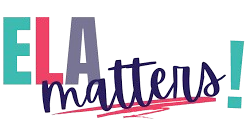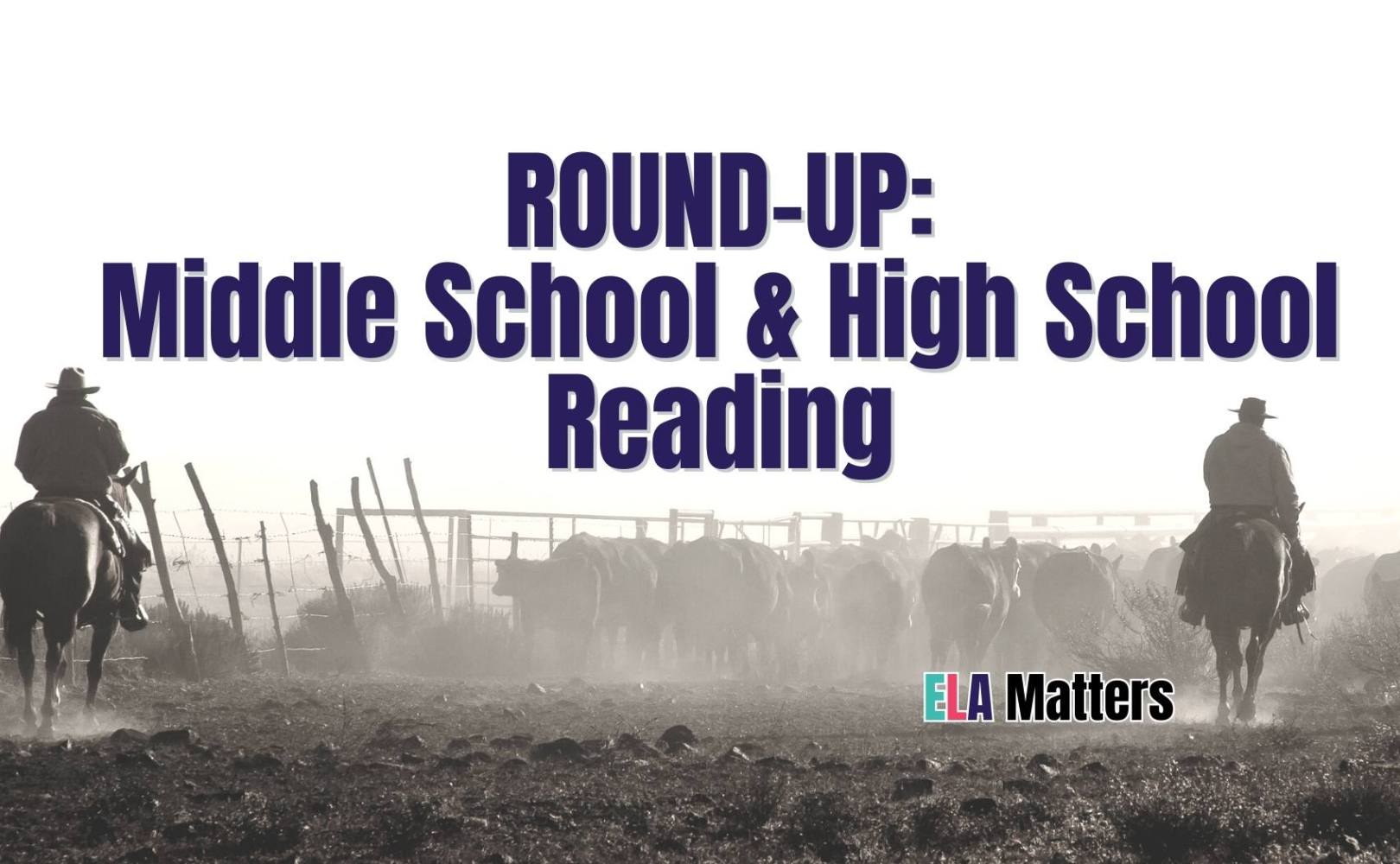ELA Matters is a collaborative group of middle school and high school teachers who love to help all teachers. Here are some of the latest posts from our contributors that focus on middle school reading and high school reading with text suggestions, activities, and test prep options too!
Carolyn from Middle School Café
One of the most effective ways to foster a love for reading among students is through student-led book talks. Not only can book talks keep students focused on reading until the end of the year, but these interactive conversations promote peer-to-peer discussions. Student-led book talks are a great way to release responsibility to students and give them ownership over their learning.
Lesa from SmithTeaches9to12
Using classic graphic novels in class has often been a way to increase student engagement and present options to students for high school reading. With graphic texts of most Shakespeare plays and even Margaret Atwood’s The Handmaid’s Tale (which is amazing!), there is no shortage of graphic novel examples. Extending the notion a bit more why not use some wordless – yes, wordless – graphic novels in your classroom. This post shares some amazing options and how you can use them for a variety of activities and skill-building lessons in class.
Marissa from Creative Classroom Core
As teachers, we know that short stories can be used to teach literary elements and critical thinking skills in a multitude of ways. They can also lay the groundwork for engaging classroom discussions and writing assignments. The Science Fiction genre brings with it almost instant engagement, as space travel, futuristic societies, and extraterrestrials really seem to resonate with this age group. This post includes 5 of my very favorite science fiction short stories – I hope you are able to find some new stories to introduce to your learners.
Katie from Mochas and Markbooks
Last summer, Katie from Mochas and Markbooks was on a mission to gather as many books as she could to expand her classroom library. After hitting every yard sale, thrift store, and library sale she could, she finally had enough books to stock the ever growing shelves. Little did she know, that was the easy part – now to get students actually reading! Check out this post for five activities that will get your students excited about reading, even the reluctant ones!
Natayle from Hey Natayle
Interested in giving literature circles a spin but not quite sure where to start or how to manage them effectively? Don’t worry; Natayle at Hey Natayle has you covered! In her article “Making Middle School Literature Circles a Home Run by Going Digital,” she walks you through the steps to successfully implement literature circles in a digital format. From hosting book tastings and forming groups to using the power of technology to facilitate discussions, you’ll find everything you need to get started. So why not give it a try and see how literature circles can create a dynamic learning experience that will take your students’ reading to the next level?
Jen from Books, Babbles, and Bows
It is that time of the year. Test prep season/end of year. It is time to review everything we have taught our students this year. This Stump the Expert is a fun and engaging review game.
As teachers, we know how important independent reading is for our students. However, we also know that not all students are excited about diving into a book on their own. This is where introduction activities come in. By starting with an engaging activity, like a book talk or a read-aloud with a twist, we can hook our students and get them excited about the reading that lies ahead. These activities allow students to connect with the book in a meaningful way, sparking their interest and motivation to read independently. Without a proper introduction, students may view independent reading as just another task to complete, rather than an enriching and enjoyable experience. So let’s give our students the best possible start to their reading journey and make sure we are including meaningful introduction activities in our teaching practice.

